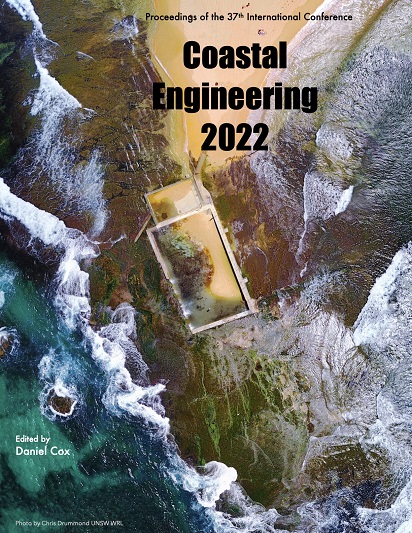Abstract
Submarine landslides can pose serious tsunami hazard to coastal communities. However, performing a comprehensive landslide tsunami hazard assessment for a given area is in general difficult in view of the large uncertainties associated with tsunamigenic source parameters. These are often known only approximately, on the basis of estimates of the landslide geometry, slide material properties, and kinematics. Here, we present an efficient model to perform such hazard analyses, based on solving the linear mildslope equation with a time-dependent source term representing the seafloor motion as detailed in Iorio et al. (2021). This approach allows carrying out many computations, for a large number of landslide scenarios, in a Monte Carlo (MC) approach framework, at a reduced computational cost compared to other available methods, while still providing physically accurate simulations of most landslide tsunami generation and propagation.References
Di Risio, De Girolamo, Bellotti, Panizzo, Aristodemo, Molfetta, Petrillo (2009). Landslide-generated tsunamis runup at the coast of a conical island: New physical model experiments. J. Geophys. Res., 114, 1(16).
Enet, Grilli (2007). Experimental study of tsunami generation by three dimensional rigid underwater landslides. J. Waterway Port Coast. Oc. Engng., 133, 442-454.
Iorio, Bellotti, Cecioni, Grilli (2021). A numerical model for the efficient simulation of multiple landslide-induced tsunamis scenarios. Ocean Modelling, 168, 101899.
Schambach, Grilli, Tappin (2021). New high-resolution modeling of the 2018 Palu tsunami, based on supershear earthquake mechanisms and mapped coastal landslides, supports a dual source. Frontiers in Earth Sc., 8, 62.

This work is licensed under a Creative Commons Attribution 4.0 International License.
Copyright (c) 2023 Claudia Cecioni, Giorgio Bellotti, Verdiana Iorio, Stephan T. Grilli

